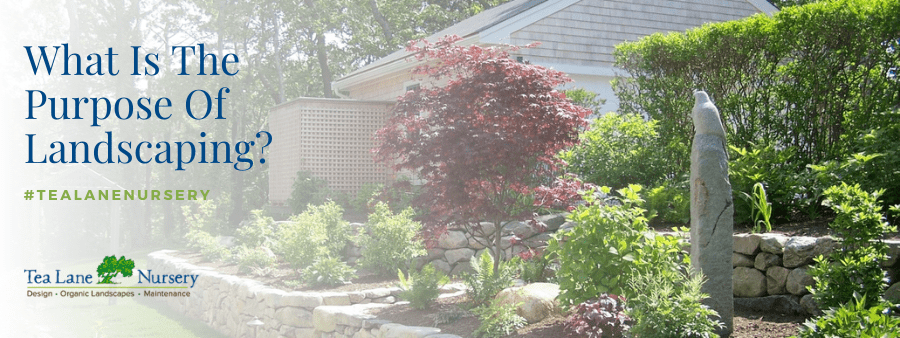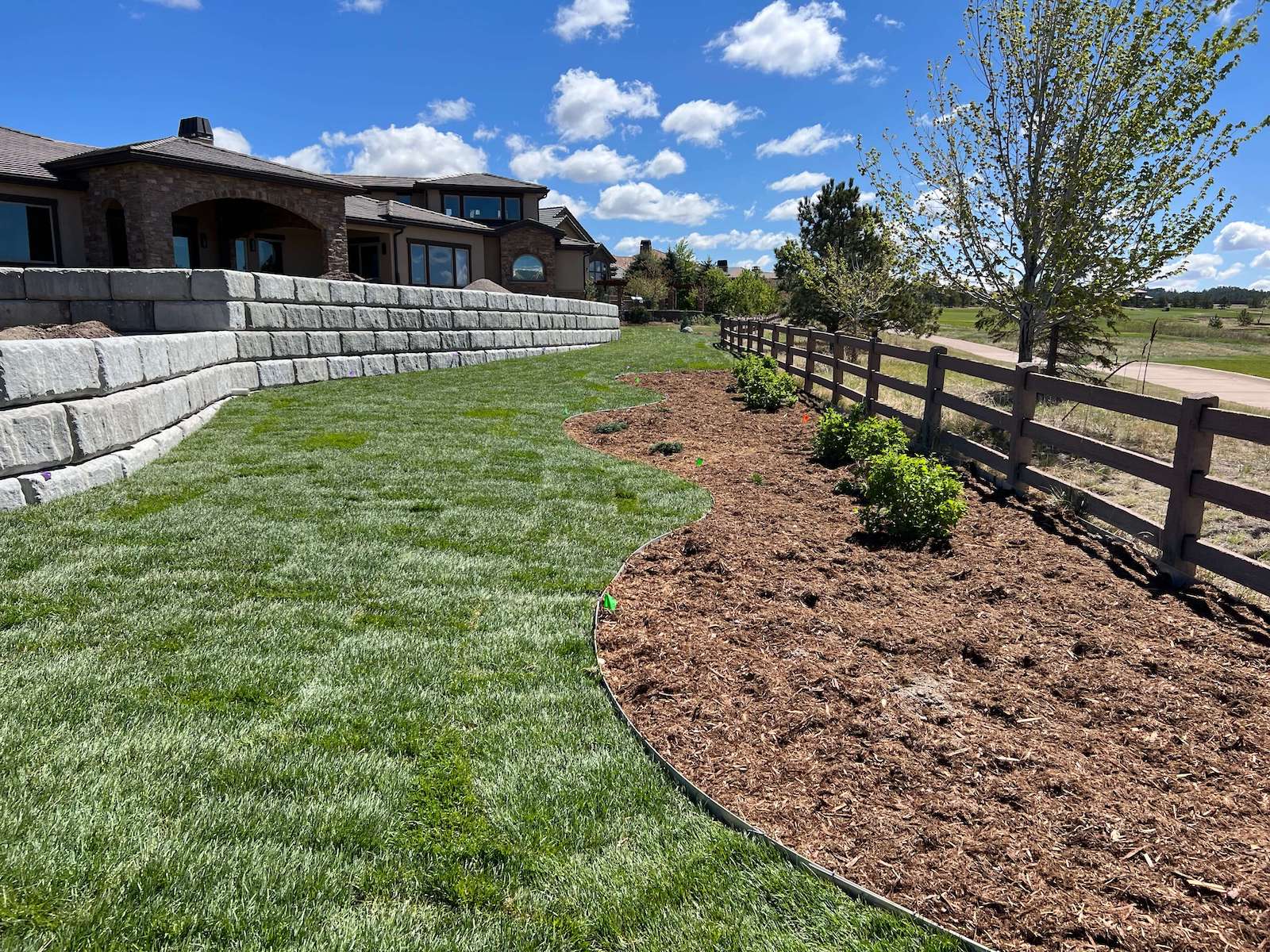Hilton Head Landscapes Things To Know Before You Buy
Hilton Head Landscapes Things To Know Before You Buy
Blog Article
The Best Strategy To Use For Hilton Head Landscapes
Table of ContentsAbout Hilton Head LandscapesHilton Head Landscapes Things To Know Before You Get ThisHilton Head Landscapes Fundamentals ExplainedExcitement About Hilton Head LandscapesHilton Head Landscapes Can Be Fun For AnyoneThe Ultimate Guide To Hilton Head LandscapesSome Known Factual Statements About Hilton Head Landscapes
Line develops all kinds and patterns and can be utilized in a variety of means in the landscape. Line in the landscape is developed by the edge in between 2 materials, the rundown or silhouette of a type, or a long straight function. Lines are a powerful device for the developer since they can be utilized to produce a limitless variety of forms and forms, and they regulate motion of the eye and the body.

Lines can have several attributes, such as those explained below, yet they commonly serve different objectives. Figure 1. Lines in the landscape - Landscaping bluffton sc. The buildings of lines figure out how people reply to the landscape, both emotionally and literally. Straight lines are structural and powerful; they develop a formal personality, are generally associated with a balanced style, and lead the eye directly to a prime focus.
What Does Hilton Head Landscapes Do?
Bent lines develop a casual, all-natural, loosened up personality that is linked more with nature and asymmetrical balance. Rounded lines move the eye at a slower speed and add enigma to the area by producing concealed sights.
Upright lines in the landscape consist of high, slim plant product, such as trees, or high frameworks, such as an arbor or a bird house on a pole. Horizontal lines move the eye along the ground plane and can make an area really feel bigger. Reduced lines are extra subdued and create a feeling of rest or repose.
Getting My Hilton Head Landscapes To Work
Low lines are created by low garden wall surfaces, sidewalks, and brief hedges. Lines are utilized to draw types on a plan. In strategy sight, they define plant beds and hardscape locations. Lines are likewise created by the vertical kinds of constructed functions and plant product. There are three main line types that produce form in the landscape: bedlines, hardscape lines, and plant lines.
Bedlines link plant material to your house and hardscape due to the fact that the eye adheres to the line, moving the stare via the landscape. Hardscape lines are created by the side of the hardscape, which delineates the developed framework. Line can also be produced by lengthy and narrow materials, such as a fencing or wall surface.
What Does Hilton Head Landscapes Do?
Form is found in both hardscape and plants, click site and it is commonly the leading aesthetic component that spatially arranges the landscape and often determines the style of the garden. The form of frameworks, plant beds, and yard accessories additionally establishes the total kind motif of the yard. Official, geometric types include circles, squares, and polygons.
Plants create form in the garden through their outlines or silhouettes, yet form can additionally be specified by a gap or adverse area between plants - Landscapers near me (https://www.anyflip.com/homepage/laavm#About). Circles can be full circles, or they can be divided into fifty percent circles or circle sections and integrated with lines to create arcs and tangents
Our Hilton Head Landscapes PDFs
Circles are a solid design type because the eye is always attracted to the center, which can be utilized to stress a focal point or link various other forms. Round kinds in hardscape and lawn panels.
The square type can additionally be segmented and previously owned consistently to create a grid pattern. Unlike circles, squares are stronger on the sides, which can be lined up or overlapped to develop unique patterns and more complicated types.
Twisting lines usually mimic the natural course of rivers or streams and can be called smooth lines with deeply rounded wavinesses. Twisting lines (Number 3) function well for paths, plant bedlines, and completely dry stream beds. Twisting lines can include passion and enigma to a yard by leading visitors around edges to discover new views and spaces.
10 Easy Facts About Hilton Head Landscapes Explained

Usual plant types are well established and standardized, as type is the most consistent and recognizable characteristic of plants. Form can also be created via the massing of plants, where the total mass creates a various type than an individual plant.
A very contrasting form needs to be utilized with careone or more job well as a focal factor, but as well many create chaos. All-natural plant forms, rather than over-trimmed forms, need to establish the mass of the structure. The significance of overall type is much more or much less reliant on the checking out perspectivethe kind of a tree can appear fairly different to an individual standing under the cover versus checking out the tree from a range in an open field.
Little Known Facts About Hilton Head Landscapes.
Plant kinds likewise develop and specify the gap or open spaces between the plants, developing either convex or scooped forms in deep spaces. High-arching tree branches commonly create a concave open space under the branches, and a round canopy with reduced branches fills up the area to develop a convex kind outdoors space under the tree.

Report this page